|
This is steps 3 of 3 steps to prevent and manage diabetes. STEP 1Step 1 was to get enough sleep. STEP 2Step 2 was to get enough protein. STEP 3Now, here's the step that involves work – EXERCISE. This is the ultimate way to keep your blood sugar levels in check and help your body use sugar instead of storing it as belly fat, etc.
150 minutes a week (2.5 hours) is a good place to start. That' not 150 minutes of workout time. This is simply the minimum amount an active person might MOVE every week. We need to be active every day. Walking counts, cardio counts, and activities like weeding or simply walking around a museum or supermarket also count, as long as we are generally on our feet. For a body with a good defense against diabetes, it needs good muscle mass, which unfortunately starts to deteriorate quickly as we age. That's why we have to do resistance training. Only two workouts a week is needed to maintain muscle. Outside of our workouts, my clients run, walk the dog and do yoga, and some are just super active, walking up and down the steps in the New York subway. Either way, they are active every day in addition to workouts. The 2 hours of workouts they do with me a week covers resistance training, core and mobility training plus cardio to a lesser or greater extent depending what they are working on. So, there you have it. There is work involved, but this SIMPLE habit could be started this week if you want to prioritize it Try:
Remember, this habit will not only help you prevent and manage diabetes but also keep you looking and feeling great! Want to get these articles straight to your inbox each week? Sign up here Stay fit, stay fabulous, Clara x Today I'm sharing step 2 of 3 for preventing and managing diabetes. STEP 1 The first step was to get enough sleep because the lack of good quality sleep messes with our hormones and insulin sensitivity. STEP 2Another of the easier changes we can make is eating more protein. Most of us are actually DEFICIENT in protein, meaning we don't even eat enough for our bodies to heal properly from an injury. It's not surprising, really. It's so easy to just eat carbs because that's what we crave. Protein helps with sugar and carb cravings by giving the body a constant slow-burning form of energy to stabilize blood sugar and keeping us feeling full and not craving carbs and sugar. 🔹The ideal amount of protein is 0.68 times body weight in pounds. So if you weigh 180 lbs, aim for about 122 grams. |
Step 1 - Ask yourself why you want to exercise?What would be an EXCITING exercise outcome for you? If you only focus on the initial discomfort of exercise you'll never get started! 🔥Make exercise meaningful you by relating it to what matters to you. Go beyond weight loss and consider how to make exercise really meaningful to you. 👍For example - being more productive and creative at work ✴️Do this now 👉Ponder what matters to you and how you can link that to exercise | Step 2 - Identify what's getting in the way3 ways to identify exercise blocks 🔥1. List all your reasons for not working out - you are too tired, you don't have time don't know what to do etc. 🔥2. Challenge what you tell yourself that may or not be true, for example - "I don't have time to do a full workout so there's no point in working out today." 🔥3. Go deeper - look for fears - are you scared of getting injured or bulking up or not being good at working out? | Step 3 - Make a plan to blitz your barriers3 tips to blitzing exercise blocks 🐍 When you want to workout consistently and you know what's getting in the way... 🍁Here's how to make a plan to blitz those exercise blocks- 👉1. Brainstorm as many solutions as you can for each of your blocks. This is just to switch on your problem solving brain and you don't have to do all of them. 👉2. Pick the actions that work for you and that you are willing to do. 👉3. Schedule in these actions. What can you do in the next 24 hours & within the next 7 days? |
👉Bonus tip - Get support or accountability. Make an appointment, tell someone or Send me a message💚
Are you struggling to fit workouts into your life? Do you need structure and accountability to workout consistently? Do you want expert guidance on the right exercises and stretches for you as an individual?
Check out 12 weeks to fit & Fabulous my online live 1:1 personal training for women or start now with the 3 session kick start package.
Check out 12 weeks to fit & Fabulous my online live 1:1 personal training for women or start now with the 3 session kick start package.
Updated July 25th 2024
Struggling with weight loss plateaus or cravings?
You know how some people seem to be able to eat a lot without gaining fat? Well, there's actually some interesting science behind that - and it’s all about exercise and its impact on your metabolism.
Read on to discover:
💠 How exercise helps you burn calories even at rest
💠 How to ditch the junk food cravings
💠 How to stop the sugar habit and get a natural energy boost
Plus, the secret to keeping the weight off for good!
Ready to Ditch the Excuses and Embrace Exercise?
My free 3-step guide gives you actionable tips to overcome hurdles so you can jumpstart your fitness journey. Download Your Free Guide Now!
How Exercise Boosts Metabolism All Day Long
I'm sure you've heard that muscle burns more calories than fat, and this is what it means: After an intense workout:
Outsmart Your Hunger Pangs Before They Start
Resistance training makes your body crave protein and other essential nutrients to rebuild muscle fibers. Because you are filling up on nutrient dense foods, it’s easier to skip sugary & processed snacks! Regular cardio workouts boost your natural energy levels throughout the day. This keeps your blood sugar levels stable leaving you with less need to reach for quick sugar fixes to keep going.
Exercise-Induced Endorphins for a Happiness Boost
Reaching for the comfort of junk food after a long day? Working out releases endorphins - chemicals that leave you feeling happy and positive. They help you manage stressful situations and reduce your reliance on food for emotional comfort. The beauty of exercise for mental health is that even everyday activities like walking, gardening, or brisk housework count as exercise.
Exercise is The Key to Long Term Weight Loss
Maintaining weight loss is often easier than achieving it in the first place. While a drop in scale numbers is largely determined by diet, the Centers for Disease Control and Prevention (CDC) emphasizes that "the only way to maintain weight loss is to engage in regular physical activity."
Whether you're into weightlifting for muscle building and EPOC benefits, or prefer cardio for a natural energy boost and reduced cravings, there's an exercise routine out there for everyone. Remember, even small daily activities contribute to long-term weight management.
Let’s Get Started!
Here's the exciting part: I'm offering a FREE personal training session to help you kickstart your weight loss journey and experience the power of exercise firsthand. We'll discuss your goals, fitness level, and create a personalized plan that's fun, effective, and sustainable for you.
Struggling with weight loss plateaus or cravings?
You know how some people seem to be able to eat a lot without gaining fat? Well, there's actually some interesting science behind that - and it’s all about exercise and its impact on your metabolism.
Read on to discover:
💠 How exercise helps you burn calories even at rest
💠 How to ditch the junk food cravings
💠 How to stop the sugar habit and get a natural energy boost
Plus, the secret to keeping the weight off for good!
Ready to Ditch the Excuses and Embrace Exercise?
My free 3-step guide gives you actionable tips to overcome hurdles so you can jumpstart your fitness journey. Download Your Free Guide Now!
How Exercise Boosts Metabolism All Day Long
I'm sure you've heard that muscle burns more calories than fat, and this is what it means: After an intense workout:
- Your body enters a state called Excess Post-exercise Oxygen Consumption (EPOC), also known as the afterburn effect.
- During EPOC, your body burns more calories than usual to replenish oxygen stores and repair those sore muscles you earn
- This translates to burning more calories, even at rest!
Outsmart Your Hunger Pangs Before They Start
Resistance training makes your body crave protein and other essential nutrients to rebuild muscle fibers. Because you are filling up on nutrient dense foods, it’s easier to skip sugary & processed snacks! Regular cardio workouts boost your natural energy levels throughout the day. This keeps your blood sugar levels stable leaving you with less need to reach for quick sugar fixes to keep going.
Exercise-Induced Endorphins for a Happiness Boost
Reaching for the comfort of junk food after a long day? Working out releases endorphins - chemicals that leave you feeling happy and positive. They help you manage stressful situations and reduce your reliance on food for emotional comfort. The beauty of exercise for mental health is that even everyday activities like walking, gardening, or brisk housework count as exercise.
Exercise is The Key to Long Term Weight Loss
Maintaining weight loss is often easier than achieving it in the first place. While a drop in scale numbers is largely determined by diet, the Centers for Disease Control and Prevention (CDC) emphasizes that "the only way to maintain weight loss is to engage in regular physical activity."
Whether you're into weightlifting for muscle building and EPOC benefits, or prefer cardio for a natural energy boost and reduced cravings, there's an exercise routine out there for everyone. Remember, even small daily activities contribute to long-term weight management.
Let’s Get Started!
Here's the exciting part: I'm offering a FREE personal training session to help you kickstart your weight loss journey and experience the power of exercise firsthand. We'll discuss your goals, fitness level, and create a personalized plan that's fun, effective, and sustainable for you.
Updated June 3rd 2024
Feeling too low to work out? I get it! But... there is a way to get moving and feel better, even on your worst days. Keep reading to learn how you can use tiny habits to jump-start your exercise routine and boost your mood.
If you're looking for a quick way to remind yourself of why you want to workout in the first place check out my very short and simple post on getting motivated to workout.
We’ve all been told that exercise helps with low mood and depression... BUT... it can feel like the hardest thing in the world to get started with when you're down.
It’s a vicious cycle. You feel bad, so you have no motivation to work out, but then you feel worse and even less like doing anything!
So what can you do?
How to start working out when you’re feeling down
Forget going all in. Increase motivation to workout with small goals. On a bad day, pick something that you are 100% sure you can complete, because you need a quick win. To get back into working out regularly, the key is to pick something SO small that you can muster the energy to do it, even on your worst days so you can start working out on autopilot. This may not sound exciting, and it definitely doesn't give you the big excitement that starting a shiny, new, hyped-up workout program will. But it's an approach that can last a lifetime. The longer you have lived, the easier it is to do this because you've learned not to chase shiny things that don't last. Plus, you have less energy for starting new projects over and over again that don't last anyway!
How tiny habit exercises fight depression
Dopamine Boost: Completing a habit, no matter how small, triggers a dopamine release in your brain. This neurotransmitter is linked to feelings of reward and motivation, giving you a positive nudge for the day. The cool thing is you don't have to do something massive to get a hit of dopamine. When you're feeling lethargic and unmotivated, just set yourself a tiny little goal and achieve it, think how satisfying clearing an area of weeds or doing the dishes or laundry can be. For exercise this could be 10 jumping jacks before a meal, some stretches or a walk around the block.
Happy Body: Our bodies were built to move! We don't need to ‘exercise’ every day, but we do need to be a little active every day (and work out a couple of times a week too). It’s all about circulation. Moving gets our blood pumping and switches our body on, for want of a better phrase. If you take a walk at lunchtime, you already know how different you feel when you get back to the office versus eating and then sitting. I've just challenged myself to do a few jumping jacks each time I feel sluggish. It feels yucky to start but it feels good real quick!
Blood Sugar Balance: Routine movement helps regulate blood sugar levels, which can prevent the energy crashes and mood swings that often accompany low blood sugar. Here’s the science: When you exercise, your body becomes more efficient at using blood sugar (glucose) for energy. This helps prevent dips in blood sugar that can lead to fatigue, irritability, and difficulty concentrating. Add to that the release of endorphins that boost mood and reduce stress, and you can see how the benefits extend beyond just physical energy and fitness.
Feeling too low to work out? I get it! But... there is a way to get moving and feel better, even on your worst days. Keep reading to learn how you can use tiny habits to jump-start your exercise routine and boost your mood.
If you're looking for a quick way to remind yourself of why you want to workout in the first place check out my very short and simple post on getting motivated to workout.
We’ve all been told that exercise helps with low mood and depression... BUT... it can feel like the hardest thing in the world to get started with when you're down.
It’s a vicious cycle. You feel bad, so you have no motivation to work out, but then you feel worse and even less like doing anything!
So what can you do?
How to start working out when you’re feeling down
Forget going all in. Increase motivation to workout with small goals. On a bad day, pick something that you are 100% sure you can complete, because you need a quick win. To get back into working out regularly, the key is to pick something SO small that you can muster the energy to do it, even on your worst days so you can start working out on autopilot. This may not sound exciting, and it definitely doesn't give you the big excitement that starting a shiny, new, hyped-up workout program will. But it's an approach that can last a lifetime. The longer you have lived, the easier it is to do this because you've learned not to chase shiny things that don't last. Plus, you have less energy for starting new projects over and over again that don't last anyway!
How tiny habit exercises fight depression
Dopamine Boost: Completing a habit, no matter how small, triggers a dopamine release in your brain. This neurotransmitter is linked to feelings of reward and motivation, giving you a positive nudge for the day. The cool thing is you don't have to do something massive to get a hit of dopamine. When you're feeling lethargic and unmotivated, just set yourself a tiny little goal and achieve it, think how satisfying clearing an area of weeds or doing the dishes or laundry can be. For exercise this could be 10 jumping jacks before a meal, some stretches or a walk around the block.
Happy Body: Our bodies were built to move! We don't need to ‘exercise’ every day, but we do need to be a little active every day (and work out a couple of times a week too). It’s all about circulation. Moving gets our blood pumping and switches our body on, for want of a better phrase. If you take a walk at lunchtime, you already know how different you feel when you get back to the office versus eating and then sitting. I've just challenged myself to do a few jumping jacks each time I feel sluggish. It feels yucky to start but it feels good real quick!
Blood Sugar Balance: Routine movement helps regulate blood sugar levels, which can prevent the energy crashes and mood swings that often accompany low blood sugar. Here’s the science: When you exercise, your body becomes more efficient at using blood sugar (glucose) for energy. This helps prevent dips in blood sugar that can lead to fatigue, irritability, and difficulty concentrating. Add to that the release of endorphins that boost mood and reduce stress, and you can see how the benefits extend beyond just physical energy and fitness.
How to create a sustainable exercise routine for mental well-being
Pick a tiny habit: A micro-goal you are 100% sure you can manage for 7 days straight. A 5-minute walk, some basic stretches, or even 10 jumping jacks - anything that gets your body moving counts.
Write It Down: Make it a concrete goal - jot it down on a sticky note, put it in your planner, or use a habit-tracking app. Visibility keeps you accountable.
Do It and Tick It Off: The key is consistency. Each day, complete your chosen tiny habit and celebrate the small victory by marking it off your list.
Bonus Step: Level Up: After a week, if you're feeling empowered, consider extending your tiny habit or finding another small movement to add to the mix. You’re building up your confidence in your commitment to stick to a goal, step by step.
Pick a tiny habit: A micro-goal you are 100% sure you can manage for 7 days straight. A 5-minute walk, some basic stretches, or even 10 jumping jacks - anything that gets your body moving counts.
Write It Down: Make it a concrete goal - jot it down on a sticky note, put it in your planner, or use a habit-tracking app. Visibility keeps you accountable.
Do It and Tick It Off: The key is consistency. Each day, complete your chosen tiny habit and celebrate the small victory by marking it off your list.
Bonus Step: Level Up: After a week, if you're feeling empowered, consider extending your tiny habit or finding another small movement to add to the mix. You’re building up your confidence in your commitment to stick to a goal, step by step.
The elephant in the room
Tiny habits are awesome to start with if you're feeling completely unmotivated or depressed. But I can also say that they do not lead to massive results unless you crank things up over time. The important thing is to increase gradually and not go from couch potato to gym rat overnight - otherwise, you may end up giving up workouts or feeling exhausted and worse than before. The way to do this is by picking something small and repeating it until you can do it consistently and it's part of your daily or weekly routine. Then build upon it by either doing it more often or making it a little bit harder. Get used to that before you increase again.
I promise you, when you start with a manageable program that you can stick to, even when you don't feel good, and you stay consistent without overdoing it, you can build on it later. Before you know it, you’ll have regular exercise as a tool to boost and manage your mood.
Feeling overwhelmed by the idea of creating a workout plan? Want to try micro-workouts for managing low mood? You don't have to go it alone! Click here to book a free workout with me! We can create a personalized plan that starts with small, achievable goals and gradually builds into a routine that fits your lifestyle and mood.
Clara Depont is a certified personal trainer at www.claradepont.com where she helps women get toned, strong and flexible through effective and unique workouts When she’s not writing blogs on how to stay vibrant, fit and happy she’s traveling in search of a forest or a sexy coastline. You can get to know her best through Weekly Emails, Instagram or Facebook. She is British and lives in New Mexico.
Get These Posts Straight to Your Inbox in a Weekly Email
Archives
June 2024
April 2024
January 2024
December 2023
November 2023
October 2023
September 2023
August 2023
July 2023
June 2023
February 2023
August 2022
May 2022
February 2022
December 2021
September 2021






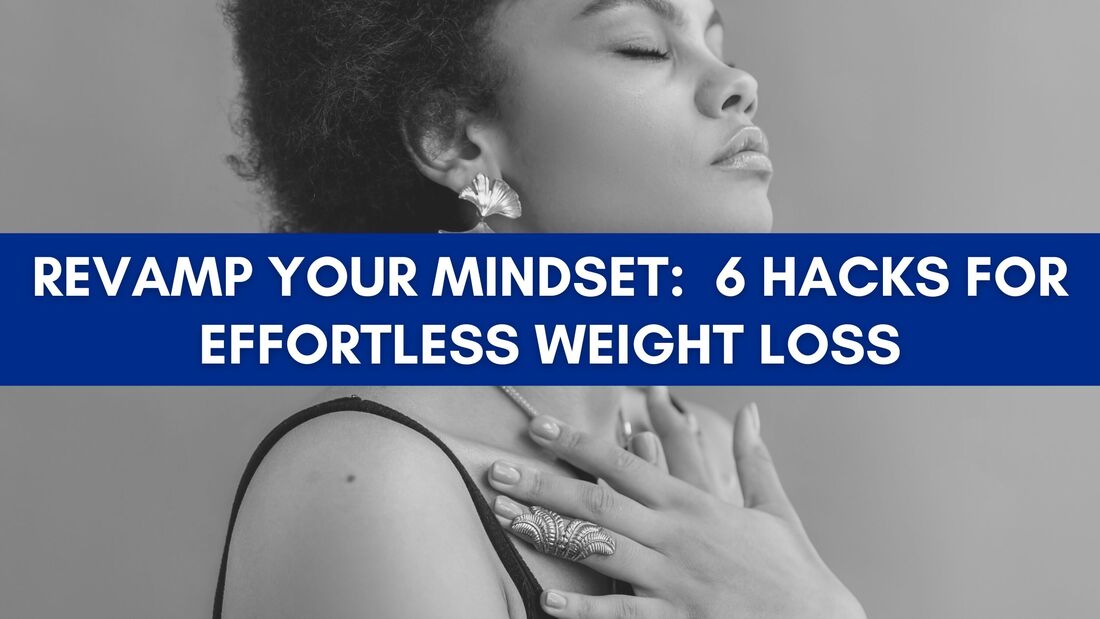
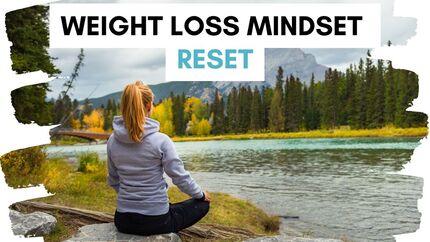
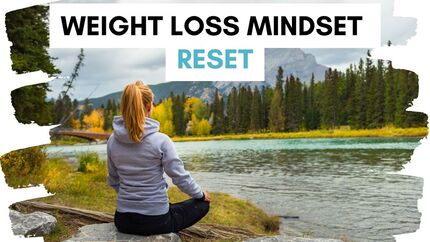
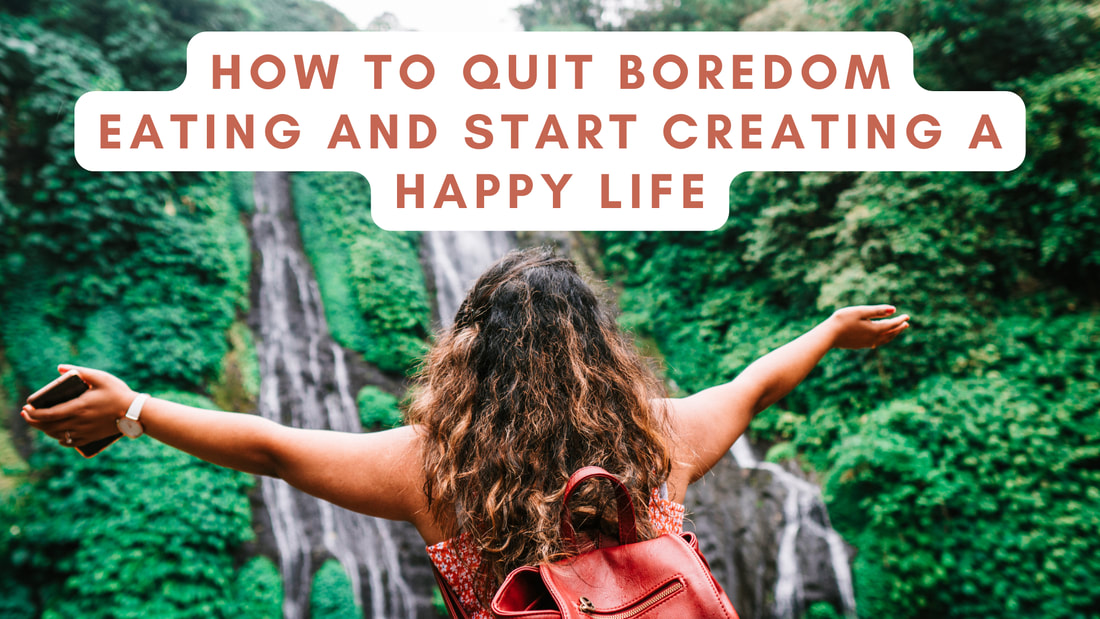
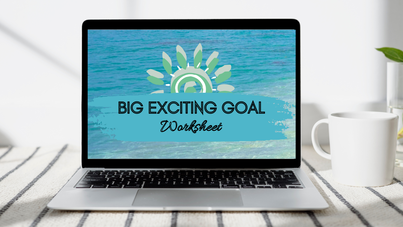
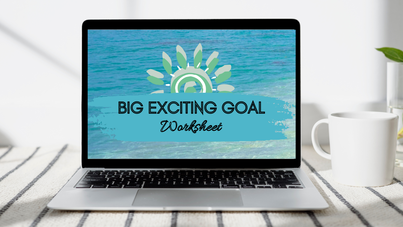
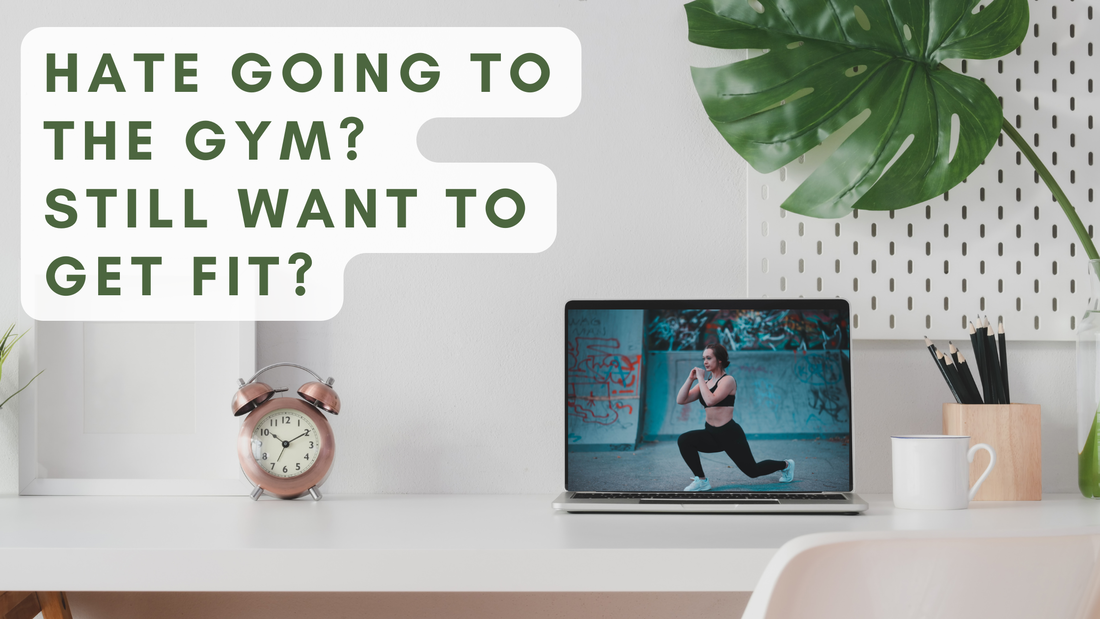

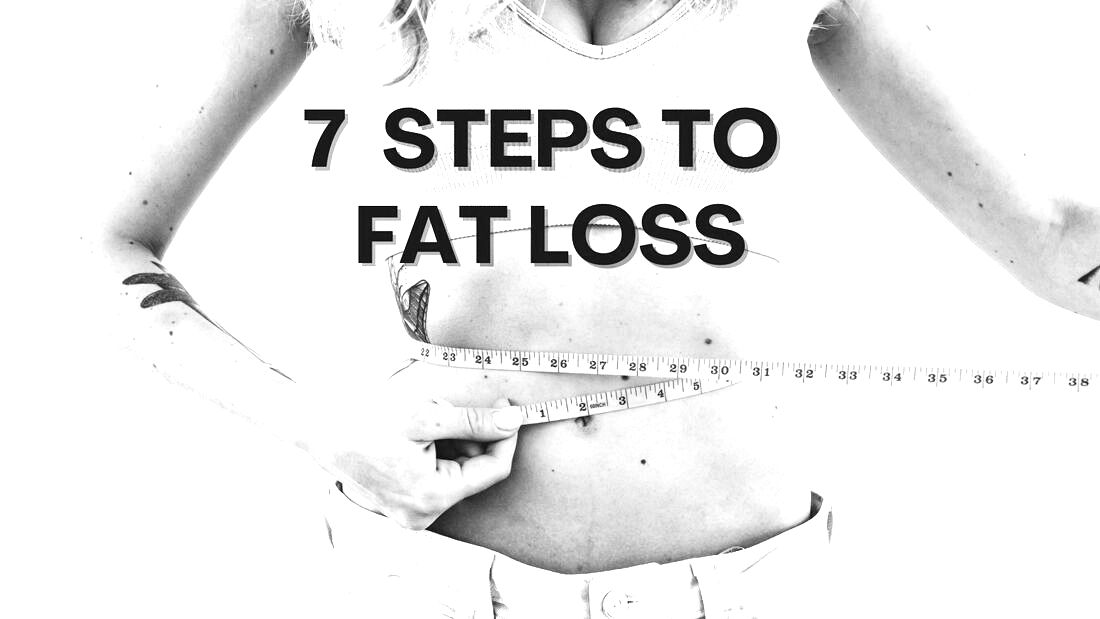
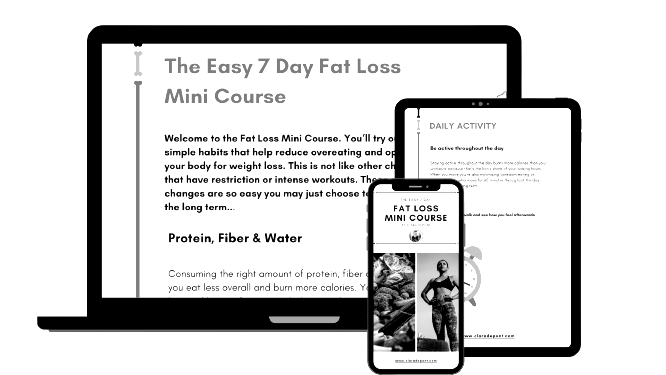
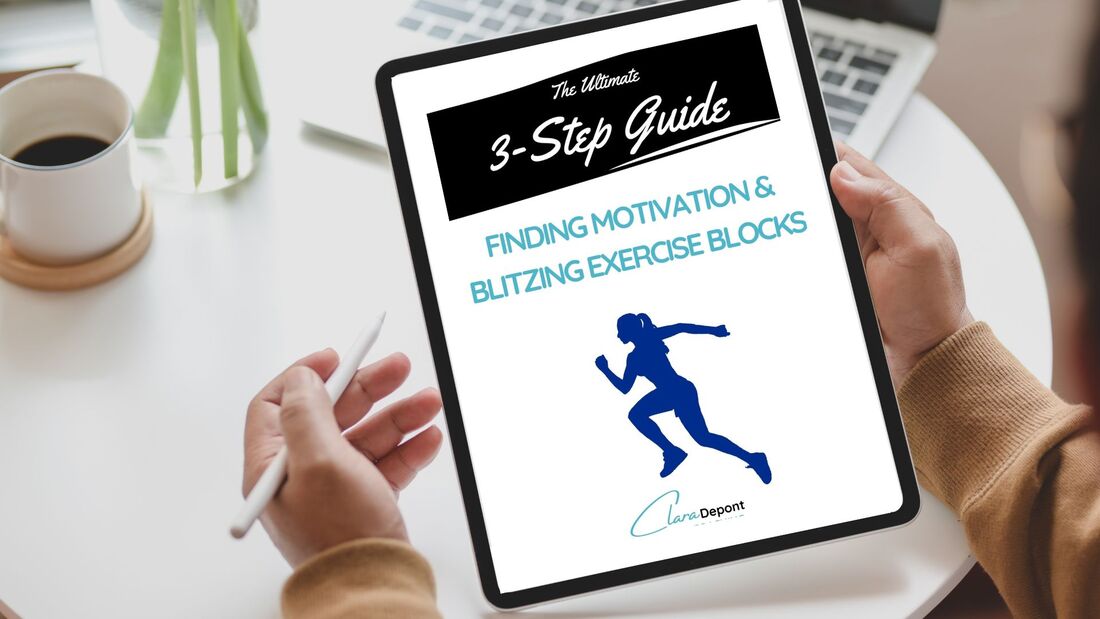

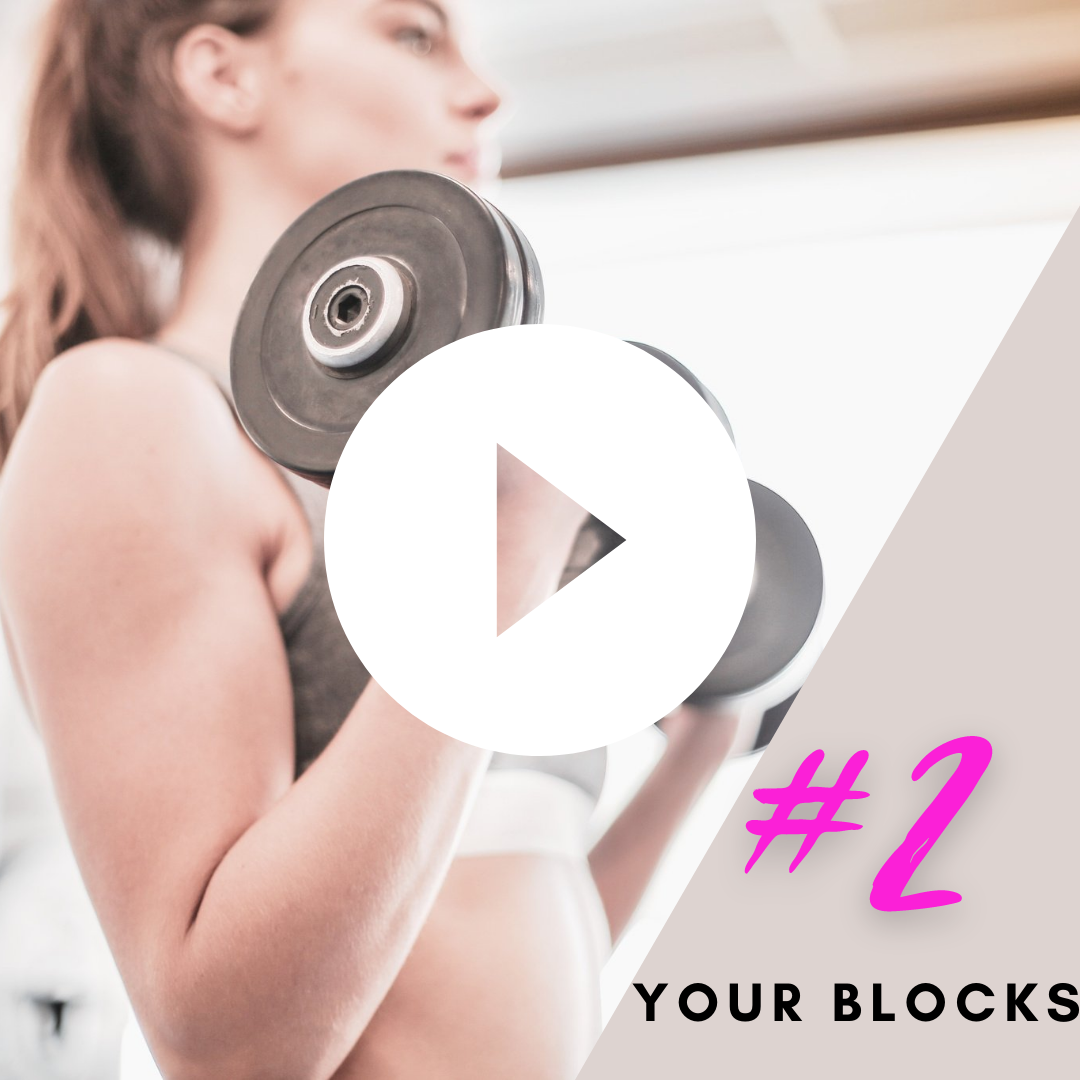





 RSS Feed
RSS Feed